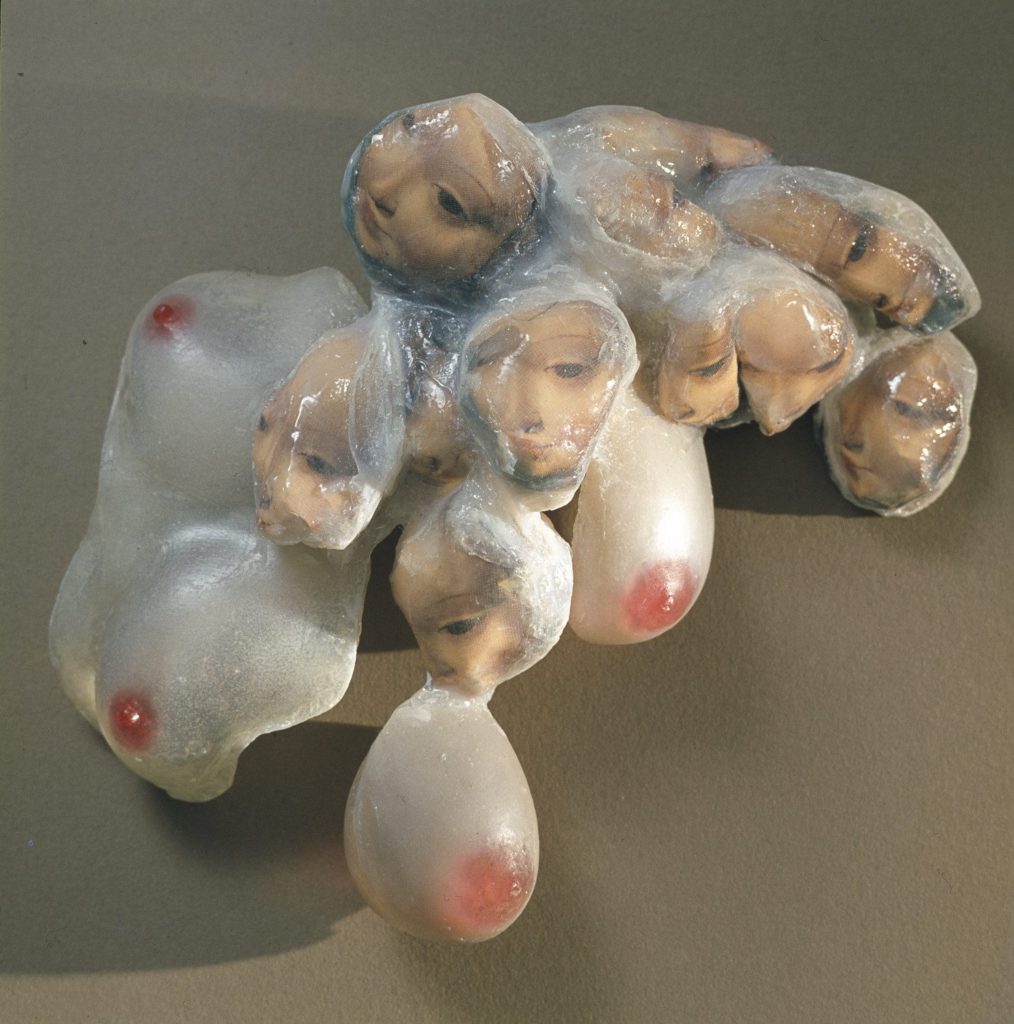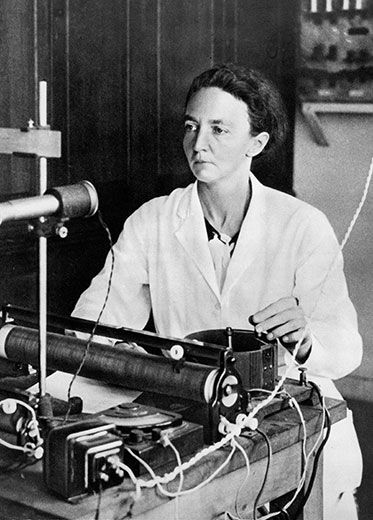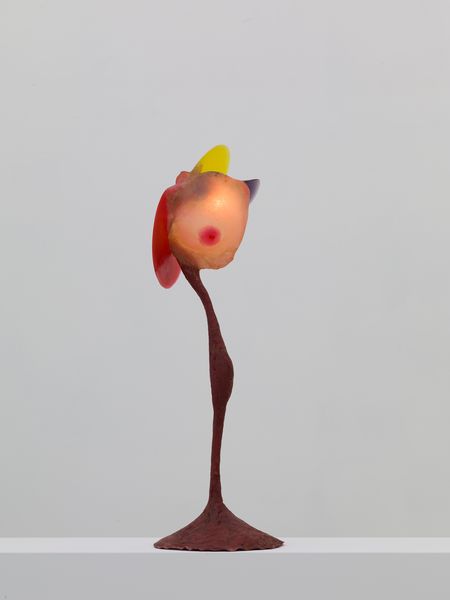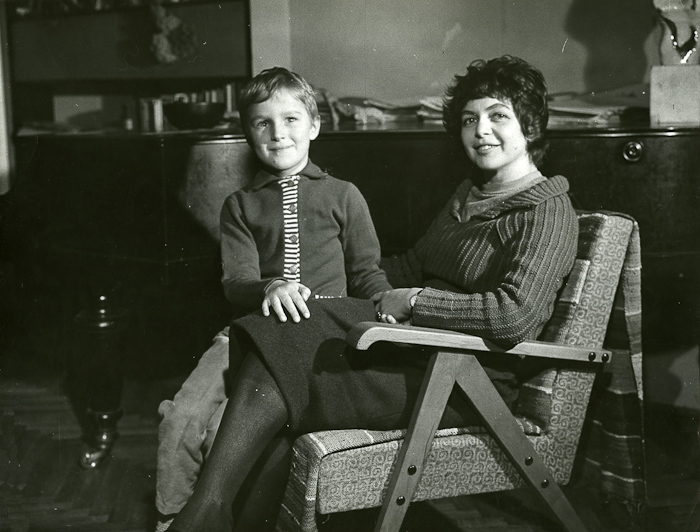Podcast: Play in new window | Download
Subscribe: Apple Podcasts | Email | TuneIn | RSS
Today Milena & Megan cover Nobel prize winner radiochemist Irène Joliot-Curie (1897–1956) & Polish sculptor and Holocaust survivor Alina Szapocznikow (1926–1973)
Alina Szapocznikow

Every now and again Megan comes across a piece of artwork and instantly needs to know more. That was the case after seeing Alina Szapocznikow’s 1968 stone sculpture Big Bellies. Today for our 50th episode Megan gets self-indulgent covering this figurative Polish sculptor. While her artwork is amazing, Alina’s life itself is not the most pleasant. Topics we cover in her biography? Cancer, tuberculosis, Nazis and infertility. By far, not one of our feel-good episodes but one in which Megan fangirls over the curiously abstracted figurative work of this under appreciated 20th century artist.

- Museum of Modern Art in Warsaw – Has an amazing photographic collection of not only Alina’s artwork, but personal, candid photos as well
- Socialist Realist art – Art style propagating idealized depictions of Soviet life
- Poland’s post-WWII ‘thaw’ period – Period after Stalin’s 1953 death when Poland started gradually distancing itself from the USSR’s communist rule
- You can read Amy Chmielewski’s essay Alina Szapocznikow: and her sculpture of plastic impermanence HERE
- You can watch scholar Griselda Pollock’s talk Too Early and Too Late: The Sculptural Dissolutions of Alina Szapocznikow In and Out of Time HERE, part of the 2012 exhibition Alina Szapocznikow: Sculpture, Undone, 1955–1972, at The Museum of Modern Art, New York and at The Hammer Museum, Los Angeles
- Read about the LGBTQIA “free” Polish towns HERE
Wanna know more? Always a book for that (usually) (or article)
Celeida Tostes by editors Marcus de Lontra Costa & Raquel Silva. Available to read for free, this is a great collection of essays in both Portuguese and English
Irène Joliot-Curie

It is likely Irène will always live in the shadow of her very famous mother, Marie Curie. As ground breaking as Marie Curie’s accomplishments are, her first born daughter’s contributions to chemistry are amazing in their own right. Working in the same life of work as her mother, Irène went on to discovered the first-ever artificially created radioactive atoms that laid the groundwork for making medical advances in areas like cancer research. Today Milena profiles how young Irène’s interest in science was fostered, what scientific work earned her a Nobel prize and what a discarded foil hoagie wrapper has to with with any of this.
As always, music by EeL








